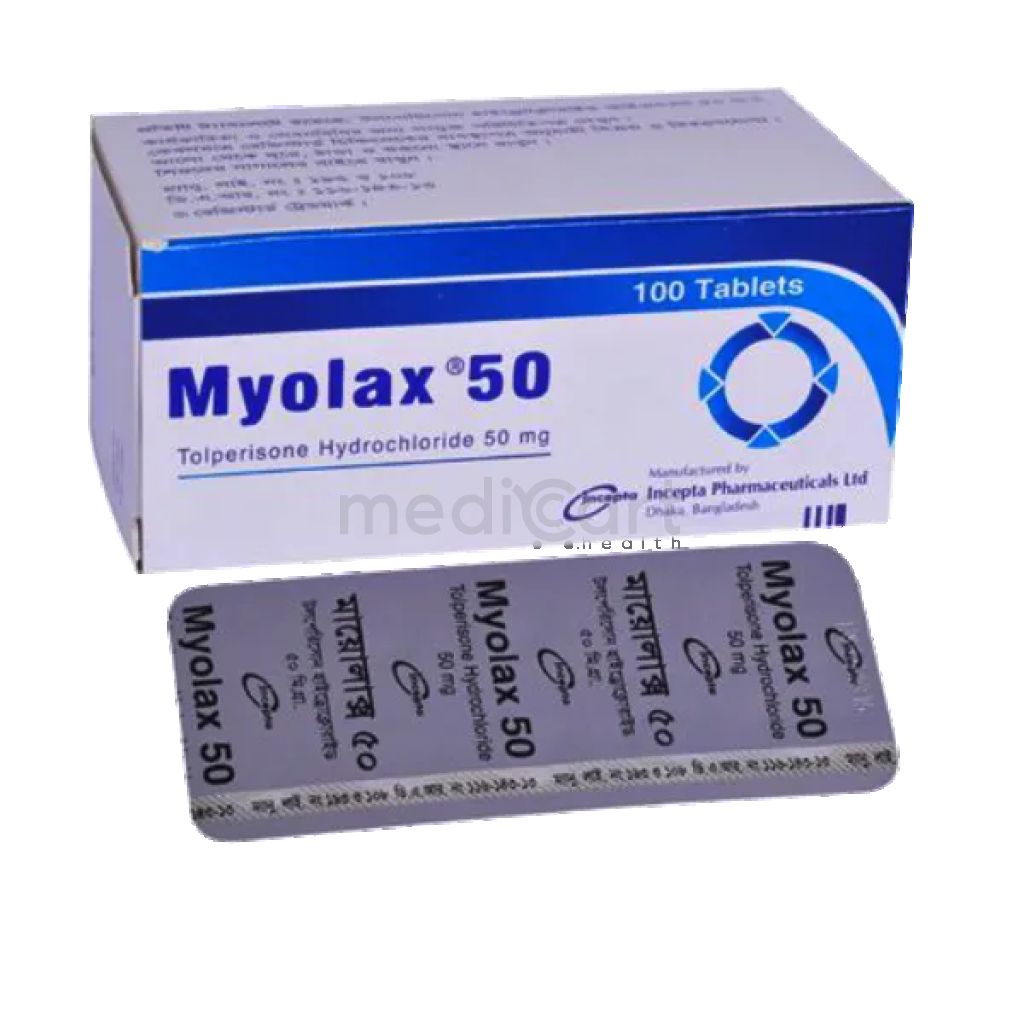

Aerophin - 11.25 mg
Nebuliser Solution
Pack Size :
1 Bottle x 1 Packet
Generics :
Racepinephrine
Manufacturer :
Incepta Pharmaceuticals Ltd.
Best Price *
TK
25.00
* Delivery will be done in Dhaka city only.
Alternative Product
More Information About - Aerophin - 11.25 mg
Description
Generic Name
RacepinephrinePrecaution
Racepinephrine should be used cautiously inpatients with: cardiac disease (angina, tachycardia, MI); hypertension; hyperthyroidism; diabetes; cerebral arteriosclerosis. Excessive use may lead to tolerance and paradoxical bronchospasm. Besides, geriatric patients are susceptible to adverse reactions. Besides, it is advised not to use Racepinephrine if symptoms are not relieved within 20 minutes or become worse. Racepinephrine solution should not be used if it is brown in color or cloudy, pinkish or if it contains a precipitate.Indication
Asthma, Stridor, WheezingContra Indication
Racepinephrine is contraindicated in patients with a history of hypersensitivity to it or adrenergic amines. Racepinephrine should not be used in patients with heart disease, high blood pressure,thyroid disease, diabetes, or difficulty in urination due to enlargement of the prostate gland unless directed by a doctor. Racepinephrine is contraindicated in patients taking monoamine oxidase inhibitor (MAO inhibitors), or for 2 weeks after stopping the MAOI drug.Dose
N/ASide Effect
Cardiovascular Cardiovascular side effects have included elevations of heart rate and blood pressure. In smaller doses, racepinephrine has caused peripheral coronary arterial vasodilation, but in larger doses, racepinephrine has caused diffuse vasoconstriction. This has caused increased peripheral vascular resistance, which was important in patients with coronary artery disease (worsened myocardial ischemia/angina) or hypertension (risk of emergent hypertension/stroke). Arrhythmias, including fatal ventricular fibrillation, have been reported in patients with underlying cardiac disease. Rapid rises in blood pressure have produced cerebral hemorrhage, particularly in elderly patients with cardiovascular disease. Angina may occur in patients with coronary artery disease. Gastrointestinal Gastrointestinal side effects have included nausea and vomiting. Nervous system Nervous system side effects have included fear, agitation, anxiety, tenseness, restlessness, headache, tremor, dizziness, lightheadedness, nervousness, sleeplessness, excitability, weakness, and increased parkinsonian tremors. Psychiatric Psychiatric side effects have included agitation, disorientation, impaired memory, aggressive or assautive behavior, hallucinations, and psychosis.Pregnancy Category
Name : C
Description
Animal reproduction studies have shown an adverse effect on the fetus and there are no adequate and well-controlled studies in humans, but potential benefits may warrant use of the drug in pregnant women despite potential risksMode of Action
Racemic epinephrine works by stimulation of the alpha-adrenergic receptors in the airway with resultant tightening of the mucosa (mucosal vasoconstriction) and decreased fluid in the airway (subglottic edema) and by stimulation of the beta-adrenergic receptors causing relaxation of the bronchial smooth muscle.Interaction
N/APregnancy Category Note
Racemic epinephrine is a 1:1 mixture of the Dextrorotatory (D) and Levorotatory (L) isomers of epinephrine. Epinephrine has been assigned to pregnancy category C by the FDA. Epinephrine is only recommended for use during pregnancy when there are no alternatives and benefit outweighs risk. Epinephrine is excreted into human milk. Due to the potential for serious adverse effects in nursing infants, a decision should be made to discontinue nursing or discontinue the drug.Adult Dose
Adults: Hand-held Bulb Nebulizer: 1 to 3 inhalations not more often than every 3 hours Jet Nebulizer: Administer for fifteen minutes every 3 to 4 hours Do not use more than 12 inhalations in 24 hours.Child Dose
Children 4 years of age and over: Hand-held Bulb Nebulizer: 1 to 3 inhalations not more often than every 3 hours Jet Nebulizer: Administer for fifteen minutes every 3 to 4 hours Do not use more than 12 inhalations in 24 hours. The use of this product by children should be supervised by an adult.Renal Dose
N/AAdministration
The ingredient is used in an aqueous solution at a concentration equivalent to 1 percent epinephrine For use in a Hand-held Bulb Nebulizer: Racepinephrine inhalation solution does not require dilution For use in a Jet Nebulizer: One 0.5 mL vial should be diluted to a volume of 3 to 5 mL with sterile 0.9% sodium chloride solutionDisclaimer
The information provided herein are for informational purposes only and not intended to be a substitute for professional medical advice, diagnosis, or treatment. Please note that this information should not be treated as a replacement for physical medical consultation or advice. Great effort has been placed to provide accurate and comprehensive data. However, Medicart along with its authors and editors make no representations or warranties and specifically disclaim all liability for any medical information provided on the site. The absence of any information and/or warning to any drug shall not be considered and assumed as an implied assurance of the Company.





